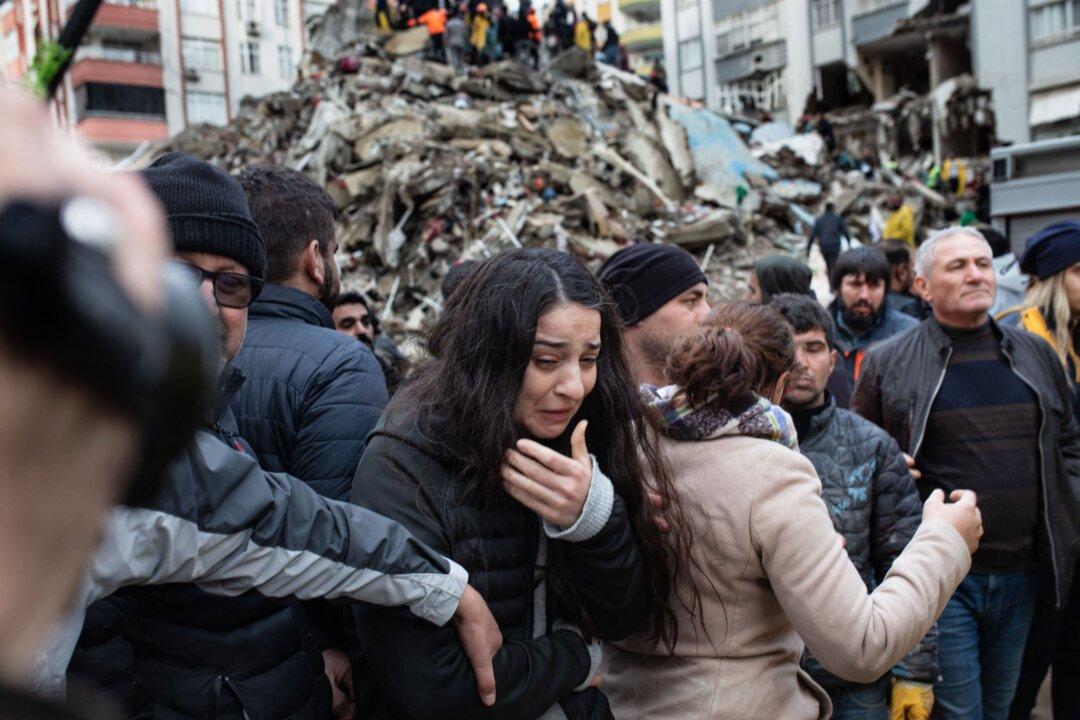A Dutch researcher accurately predicted that there would be a 7.5 magnitude earthquake in the region around South-Central Turkey, Jordan, Syria, and Lebanon just days before it happened.
Frank Hoogerbeets works at the Solar System Geometry Survey (SSGEOS), a Netherlands-based institute that monitors geometry between celestial bodies related to seismic activity.





